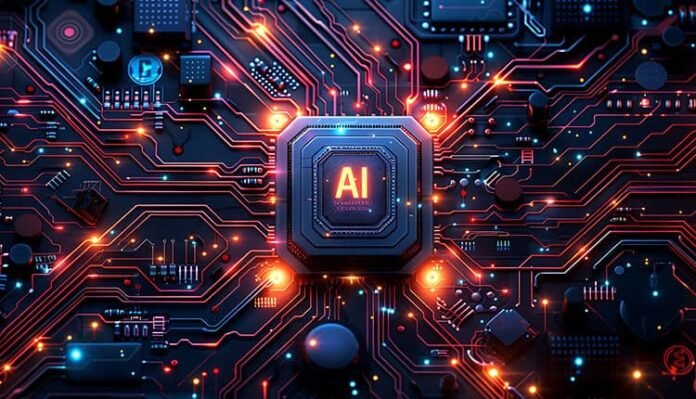By Prof. Jaya Sreevalsan Nair, Associate Professor, Department of Data Science and Artificial Intelligence (DSAI), International Institute of Information Technology, Bangalore
When we delve into the information technology (IT), engineering or technology sectors, the ‘future of technology’ is not just a futuristic speculation. For professionals in these fields, it means determining “what to work on” to remain relevant and active in the short term within a rapidly changing sector.
Data Science (DS) and Artificial Intelligence (AI) are topics that have been around for several decades. In times of abundant data, cheaper hardware and improved computing power, DS and AI can now do what in layman’s terms you might call ‘magic’. Enabling “creations” that experts or talented creatives make after years of practice or learning seems like magic at first glance. Until a few months ago, trained eyes could discern what a DS-AI system can create from what it has learned. Today, however, the trained eye’s ability to distinguish human-generated content from machine-generated content has become increasingly invisible. In some ways this is a self-fulfilling prophecy, as the goal of the technology’s creators is to eliminate the difference.
DS and AI are often used interchangeably due to their strong coupling, but each has its own role. DS, as the name suggests, involves making inferences from big data, which is characterized by its volume, variety, value, veracity and speed (the 5Vs). The sheer scale of data complexity requires data science algorithms, methods, tools and best practices for knowledge discovery, essentially finding valuable information in a sea of data – the proverbial needle of knowledge in the haystack of dates. AI, on the other hand, aims to create human-like intelligence capable of navigating, communicating with, or understanding our environment. While search engines and chatbots are AI, a robotic arm that turns shielding tiles into a radioactive Tokamak is also AI. So you can say that AI enables the courage of humans to operate in unsafe and hostile environments, and DS greatly enables AI.
Predicting the future of technology, especially the developments enabled by Data Science (DS) and Artificial Intelligence (AI), presents significant challenges. The mixed emotions surrounding DS and AI include both fear and hope regarding the potential of machines to achieve consciousness. Such a future would have far-reaching implications for all facets of human existence, including social, economic, political, legal, biological and ecological domains.
As DS and AI contribute to disruptive technology or enhance existing technologies, such as the Internet, which has already transformed human life, it is imperative to evaluate their impact. Critical questions arise at all scales, ranging from molecular, ecological and social to astronomical levels. As we continue to address today’s technology challenges, the complexities and challenges associated with these innovations are growing exponentially in scale and scope over time.
The extent to which DS and AI penetrate society and impact daily life remains uncertain. Key concerns include the democratization of these technologies, the disparity in technology access between the Global North and the Global South, and the role of capitalist competitiveness in driving these advances.
There are several notable examples of technology helping people, such as causing rain in the desert, growing crops during dry periods, and identifying and addressing genetic disorders in a growing fetus. Conversely, people are also grappling with challenges posed by such technology, such as flash floods, health and ecological risks associated with genetically modified organisms (GMOs), and ethical considerations surrounding eugenics. The socio-political-economic-eco-legal aspects of attacks in cyberspace, ‘morally’ flawed decision-making by autonomous systems and the environmental costs of running large data centers are just some of the many complex problems arising from human-machine systems. conflicts. These require careful resolution at individual, community, national and international levels. While data science (DS) and artificial intelligence (AI) will advance many careers and ambitions, they also bring significant and transformative impacts in their wake.
Today marks a major resurgence, perhaps the Renaissance, of DS and AI, poised to shape a future of technology full of technological advances and challenges. The adage, originally coined by Voltaire and popularized by Marvel’s Spiderman, “with great power comes great responsibility,” is especially relevant to the role of DS and AI within the technological landscape.





